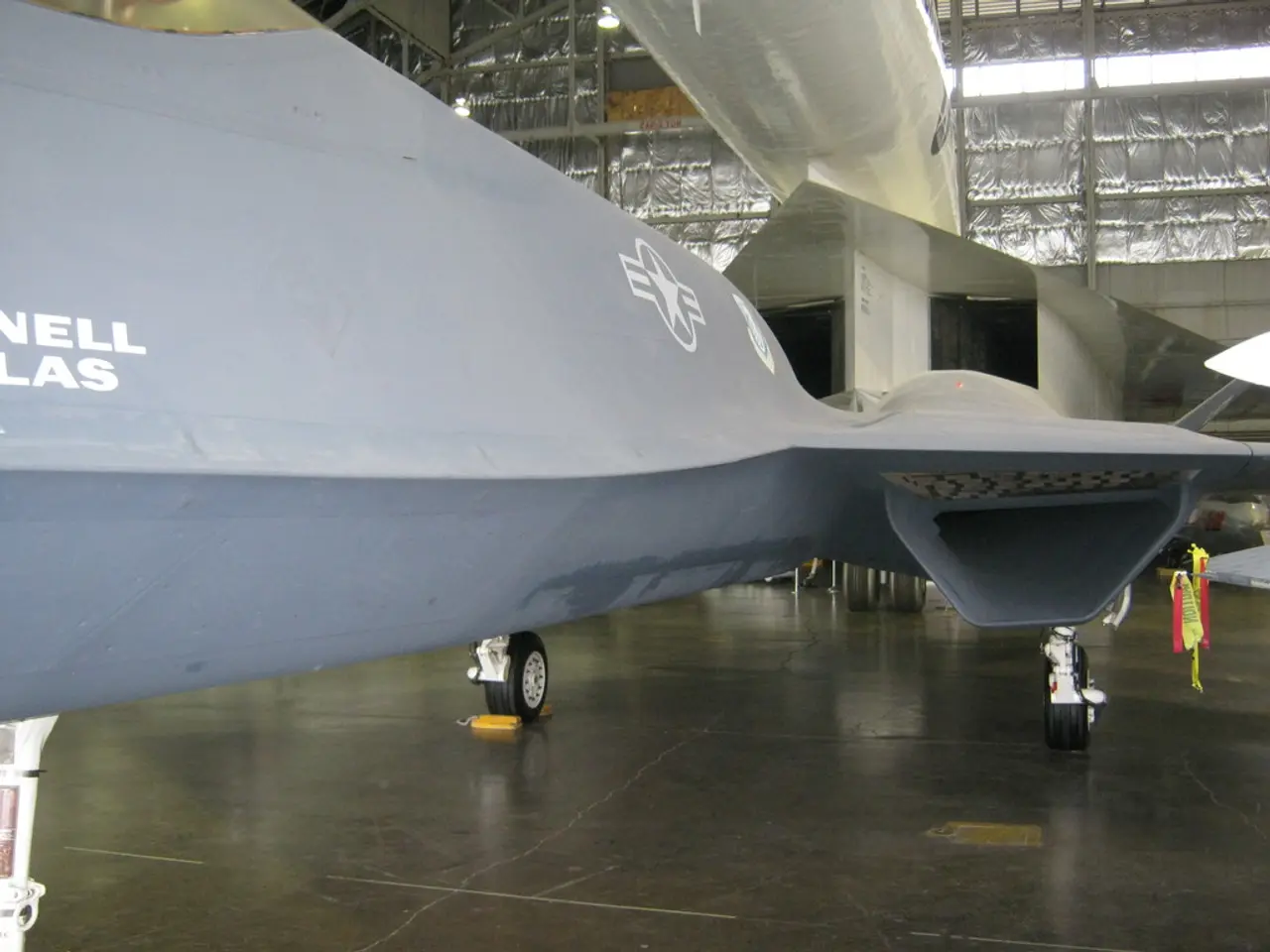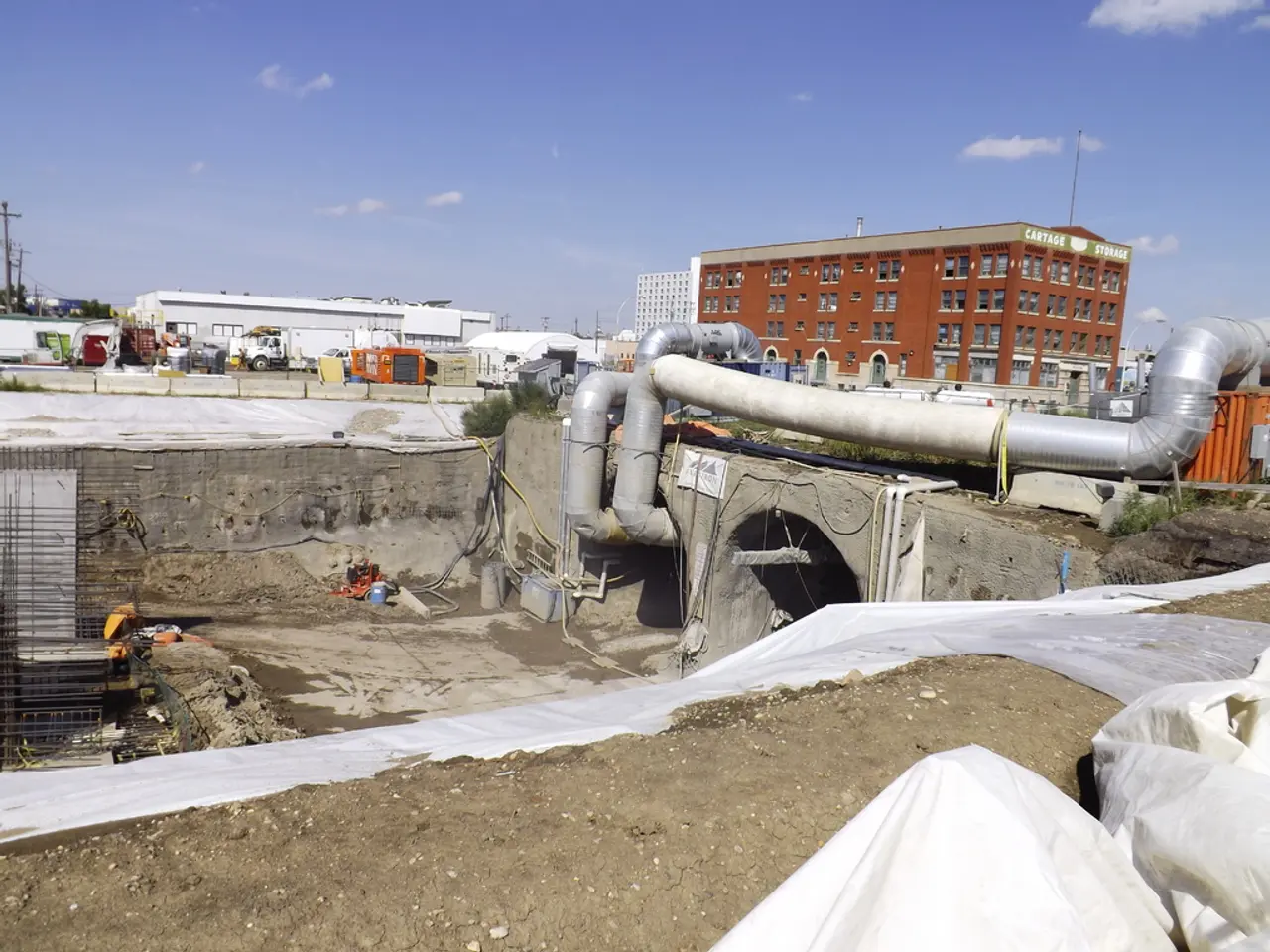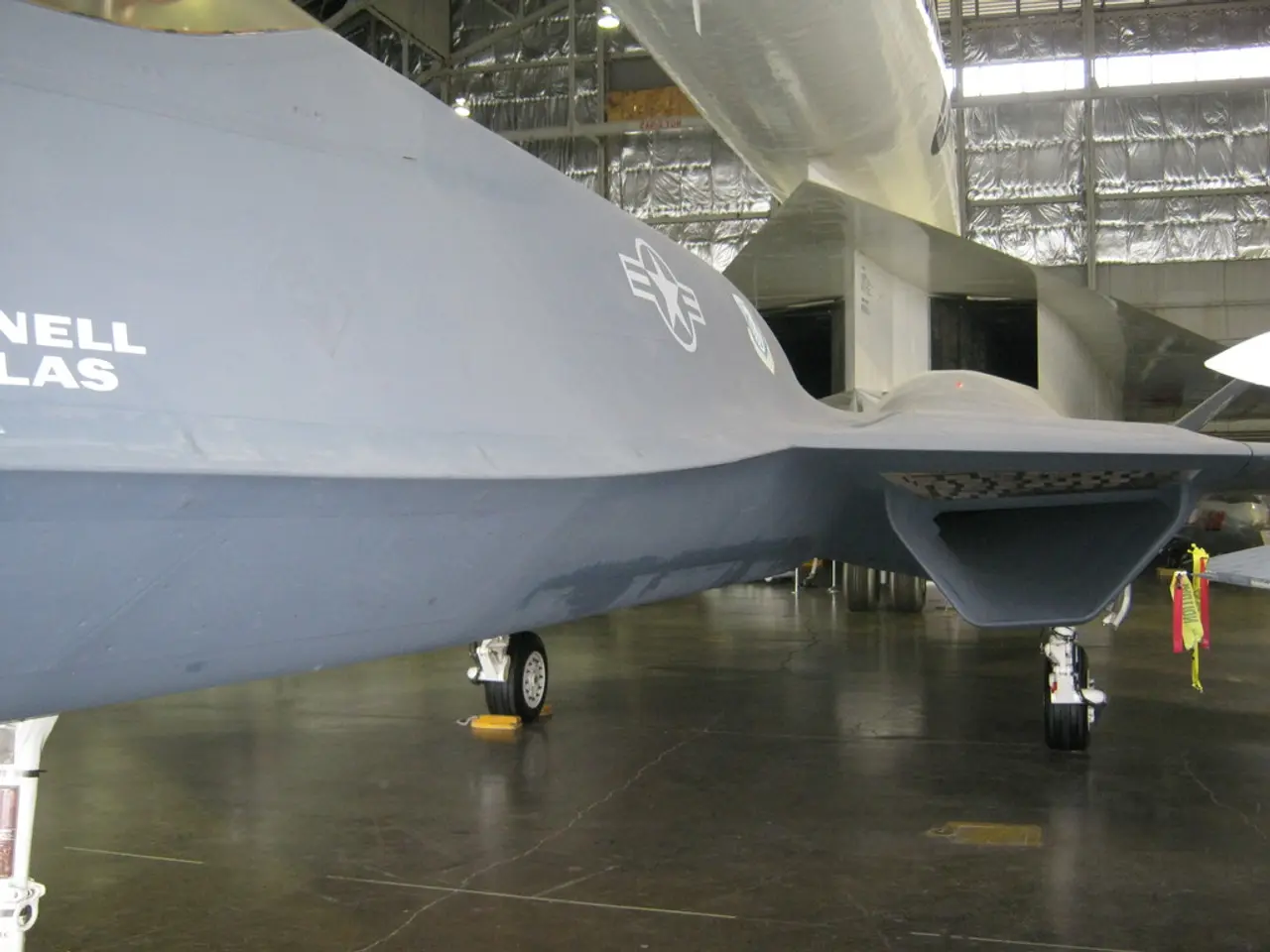Safe, Sustainable, and Efficient Flights: A Guide to Aviation Fuel Management
Unknown Fuel Type Explored
In the world of aviation, the type of fuel used varies depending on the aircraft's engine type and environmental conditions. Proper handling of these fuels is crucial for ensuring safe, ecological, and economical flights.
Refueling
Refueling operations require meticulous attention to detail. The fuel used should be the type specified by the aircraft manufacturer, with jet fuel for turbine engines and Avgas for piston engines being the primary choices. It's essential to ensure the fuel is free from contaminants such as water and dirt, achieved through proper filtration before and during refueling.
Grounding the aircraft and fuel truck or dispenser is necessary to prevent static-induced sparks. Filling tanks slowly helps avoid static buildup, overflow, and spillage. Using clean, sealed fuel containers and avoiding cross-contamination between fuel types are also crucial practices.
Sustainable Aviation Fuels (SAF), biofuels from renewable sources, are increasingly being incorporated into jet fuel blends to reduce carbon emissions. These should be blended according to certification standards to maintain safety and engine performance.
Draining
Regularly draining fuel sumps and tanks is essential to remove water and sediments that accumulate. This procedure is crucial before flight for safety to prevent engine failure due to contamination. Fuel samples should be taken from drains for quality testing.
Collecting and disposing of drained fuel and contaminants per environmental regulations is necessary to avoid pollution. Drainage valves should be checked after operation to ensure they are perfectly closed and watertight.
Management
Accurate monitoring of fuel quantity and consumption is vital for economical flight planning, avoiding excess fuel carriage that wastes weight and increases fuel burn. Proper storage of fuels in tanks with measures to minimize evaporation and contamination is also essential.
Using fuel additives when approved can improve performance and reduce environmental impact. Employing sustainable fuels and optimized fueling strategies can lower the carbon footprint without compromising safety.
Modern Aviation Practices
Modern aviation practices, such as intelligent management of ascent and descent in long crossings, are fundamental. Modern instrumental presentations like Glass Cockpit type cabins provide excellent information to achieve these objectives.
Incandescent devices like cigarettes, lighters are strictly forbidden during refueling. Proper refueling involves calculating the necessary fuel based on the destination and flight characteristics, taking into account the consumption at each altitude.
AvGas 100LL, a fuel with a lead additive, is the most commonly used fuel in piston engines. Making an earth connection is necessary to prevent sparks during refueling to avoid potential risks.
In summary, aviation fuels vary by aircraft type and environmental conditions, requiring meticulous refueling, draining, and handling protocols to maximize safety, ecological sustainability, and cost-efficiency in flights. Proper procedures including contamination checks, grounding, and careful fuel type usage are essential. [1][3][5]
[1] Aircraft Fuel Management [3] Aviation Fuels: Properties, Uses, and Environmental Impact [5] Sustainable Aviation Fuel
The finance industry plays a significant role in the funding of aviation fuel operations, ensuring the necessary resources are available for responsible handling and storage.
In the transportation sector, aviation, in particular, is undergoing modernization, with practices such as intelligent fuel management and the use of Sustainable Aviation Fuels (SAF) contributing to increased efficiency and reduced carbon footprint, all the while maintaining safety standards in the industry.








